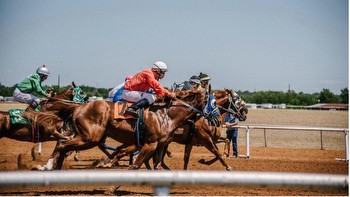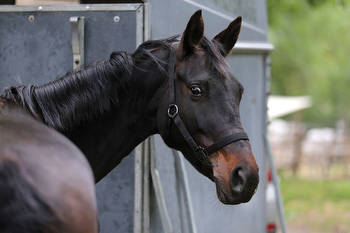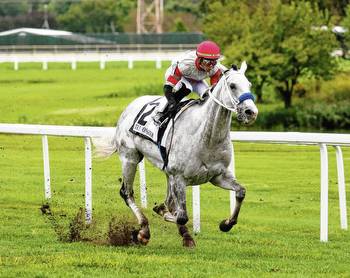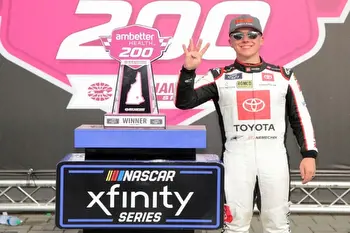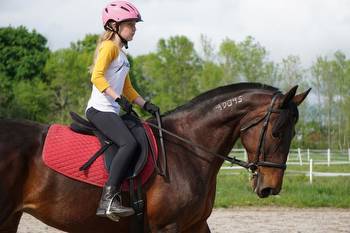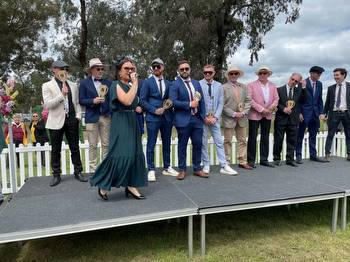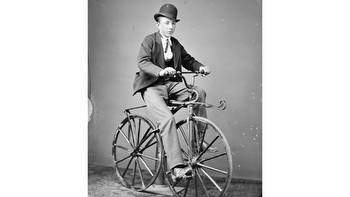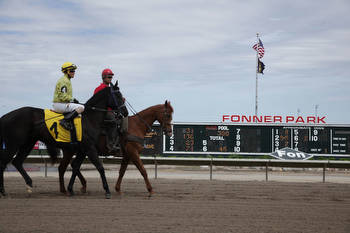The History of Horse Trailers
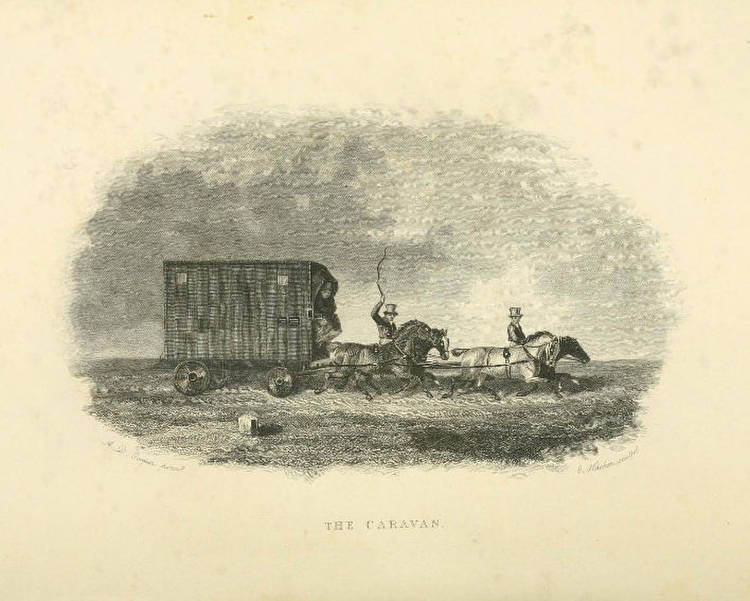
The history of horse trailers is interesting. When he was 16 and learning how to drive a truck and trailer, his mom was his educator. She used to tell him to give her forty acres and she would turn the rig around.
Lorry is a British version of the North American semi. The word probably comes from the 1570s verb lurry. Lorry can be either a truck/horse trailer or an RV with room for horses. The History of Horse Trailers is published by Simon & Schuster. It's a book about the history of horse trailers.
The History of Horse Trailers. Semi. They are fast-moving and slow-stopping juggernauts with an ironic name.
Semi is of Latin origin meaning half or partly, partial. The word semi is referring to the trailer, not the truck part of the equation. A full trailer sits and rolls down the road on both its front and rear axles. Semi-trailer rolls only on a rear axle as it has no front one.
Horses were the vehicles of transport for a long time. The first horse-drawn caravan to transport a horse was used in 1816. Lord George Bentinck used a caravan in order to get his horse Elis to the St. Leger Stakes race. Eli won the race with appalling odds. He was transported by caravan. It covered 40 miles a day. In 1836, the book The Pictorial Gallery of English Race Horses was written. George Tattersall wrote it in 1850. Mr Territt used caravan for his horses. John Doe used it to take his cattle to sales. Territ's horse Sovereign was shipped to Newmarket in a car.

